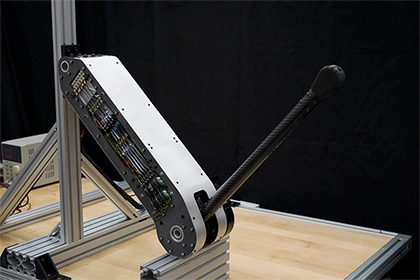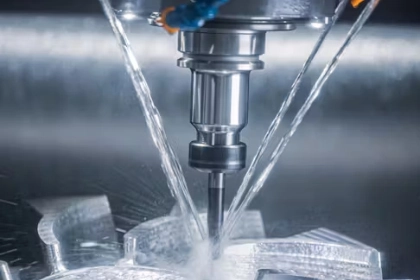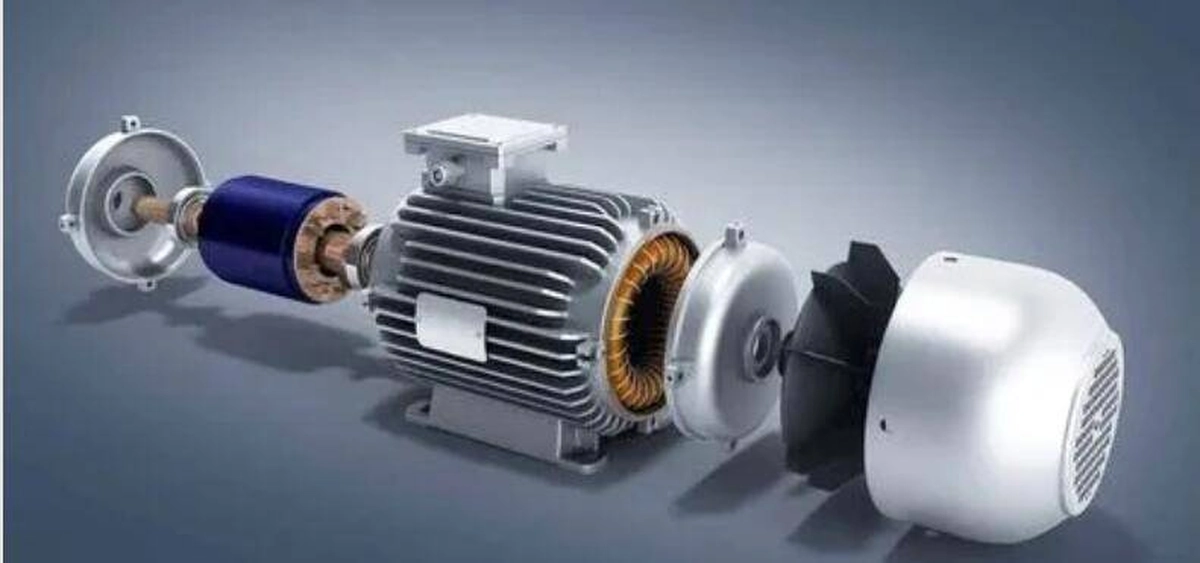- +86 19149417743
- Zhengzhou, Henan Province, China
- Mon-fri: 8am - 7pm
Get a quote
Motor: The linear actuator is equipped with an electric motor, typically a DC motor. The motor provides the rotational force required to drive the actuator.
Lead Screw or Ball Screw: The motor is connected to a threaded shaft, known as a lead screw or ball screw. The screw is responsible for converting the rotational motion of the motor into linear motion.
Nut: The lead screw or ball screw is threaded through a nut that travels along its length. The nut is usually made of a low-friction material, such as bronze or plastic.
Extension and Retraction: When the motor rotates, it drives the lead screw or ball screw. As the screw rotates, the nut moves along its threads, causing the linear actuator to extend or retract based on the direction of rotation.
Actuator Rod or Carriage: The linear actuator's extension or retraction is typically transferred to an actuator rod or carriage. The rod or carriage is attached to the nut and moves along a linear path, providing the desired linear motion.
Limit Switches: Linear actuators often incorporate limit switches at the endpoints of their travel range. These switches act as sensors to detect when the actuator has reached its fully extended or retracted position. They help prevent overextension or overretraction and provide feedback for control purposes.
Control and Power Supply: The linear actuator is controlled using electrical signals. The control signals can come from various sources, such as switches, buttons, sensors, or a computerized control system. The actuator is powered by an appropriate power supply, typically a DC power source.
 2024-08-30 16:01:40
Engineering
2024-08-30 16:01:40
Engineering
 2024-07-26 14:09:13
Engineering
2024-07-26 14:09:13
Engineering
 2024-07-18 09:42:00
Engineering
2024-07-18 09:42:00
Engineering